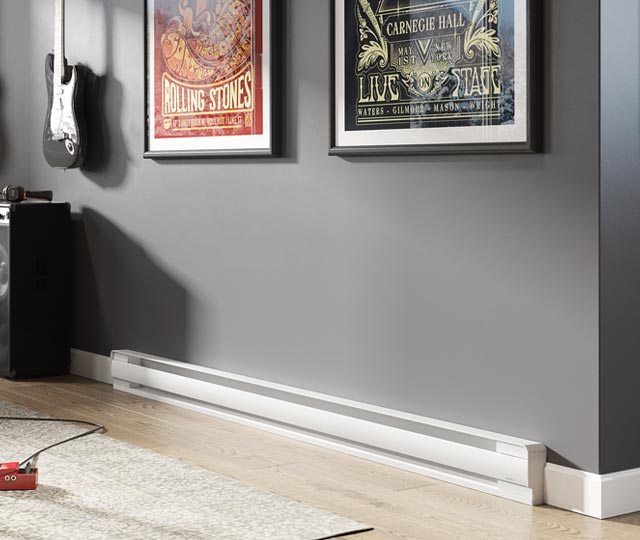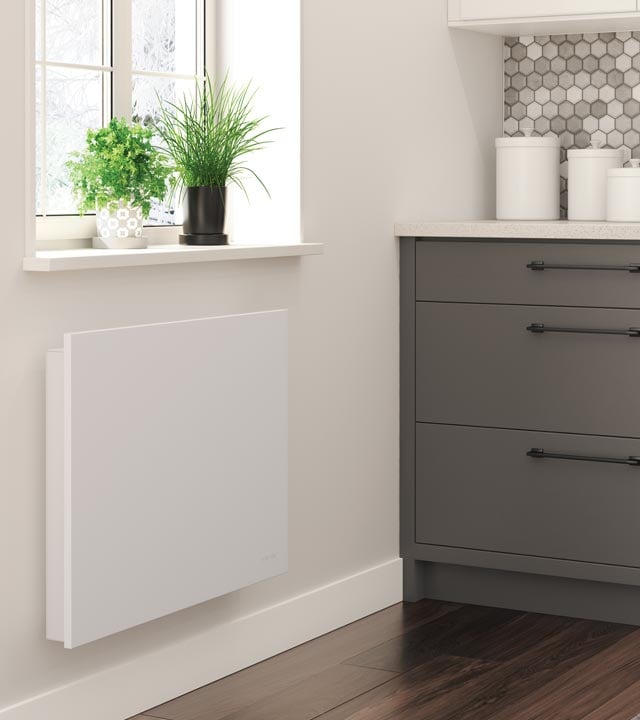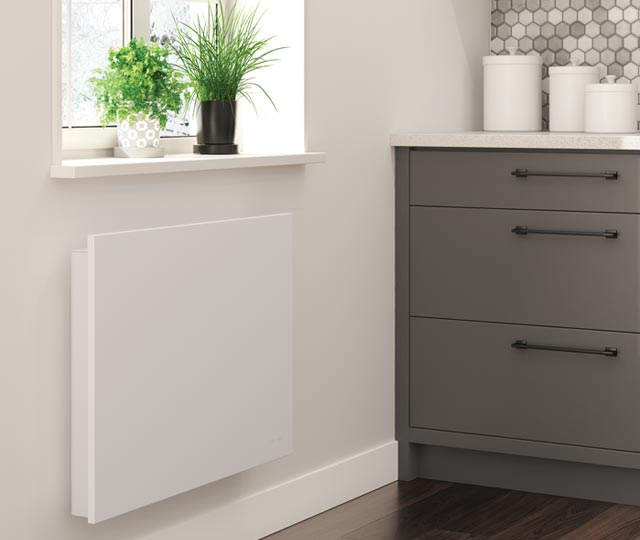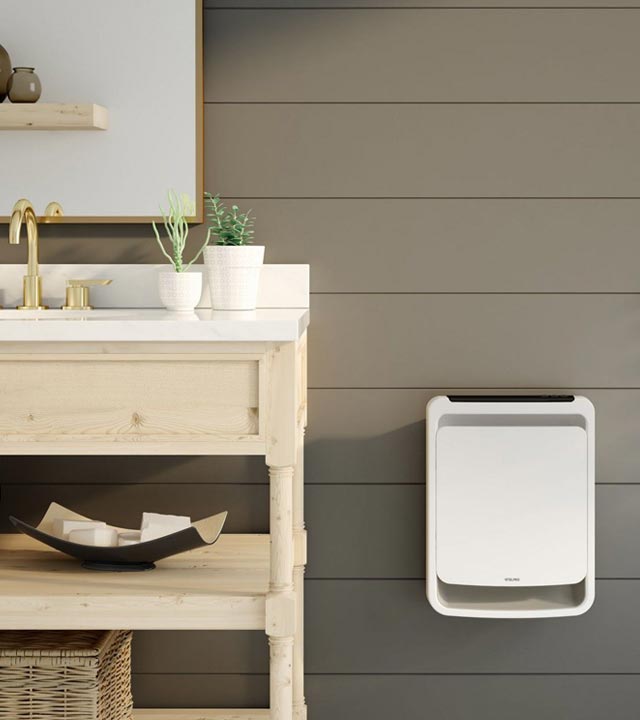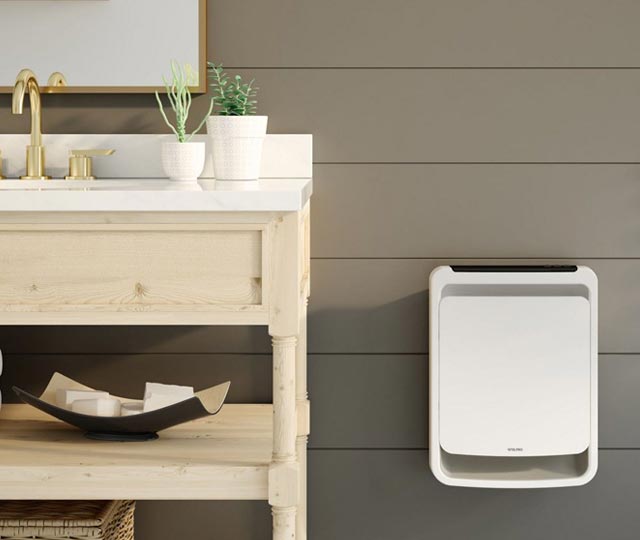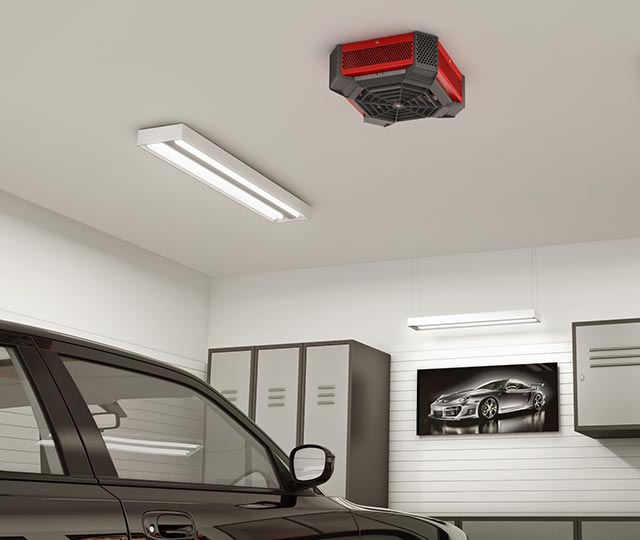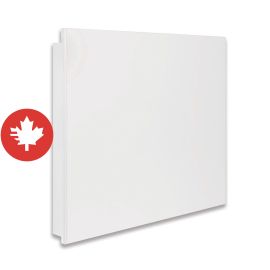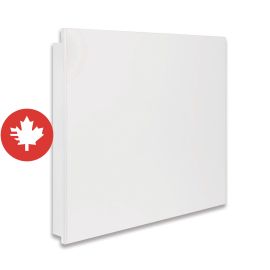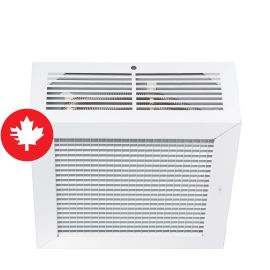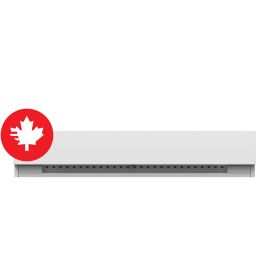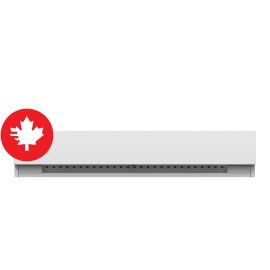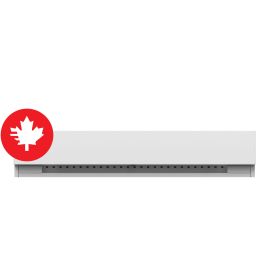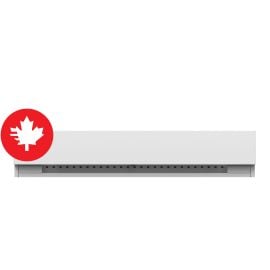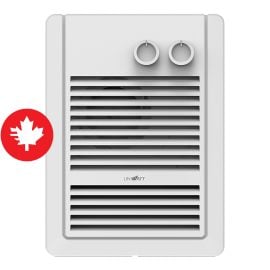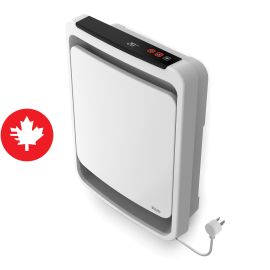In Canada, heating is a must to stay warm during the winter. But choosing the right electric heater can be a challenge. Here are some tips to help you choose the right type of electric heating for you.
Electric baseboards
Electric baseboards are the most popular heating systems in Canada. They are affordable and let you adjust the temperature of any room independently using programmable thermostats.
Pros and cons of baseboards
Pros:
- They are inexpensive. Installation fees can run up to $2,000, but baseboards are still a good choice since they don’t need professional maintenance. You can reduce heating costs by up to 10% by replacing bimetal thermostats with electronic ones2, since they can be programmed to control temperatures when you’re not home.
- Baseboards are easy to install.
Each thermostat can be programmed independently from the others.
Cons:
- Heat isn’t distributed evenly. Electric baseboards heat the air at floor level, and since warm air is less dense than cold air, it rises to the ceiling, but rather unevenly. This also means that the floors remain relatively cold. To distribute warm air more evenly in a room, you can install a ceiling fan and set it at the lowest speed.
- When baseboards heat up, the intensity of the heat burns off the surrounding dust. This can cause an unpleasant smell.
- When baseboards heat up or cool down, they emit crackling noises that some people may find disruptive. They can also be noisy when they aren’t installed properly (for example, on an uneven wall). To solve this problem, start by turning off the circuit breaker; then loosen the screws to allow the metal to expand and retract without making noise, or tighten them if they are loose. And if the screws are not the problem, you can check if the metal fins inside the baseboards are rubbing against each other. If some of them are touching, they should be straightened. Once you’re done, you can turn the circuit breaker back on.
Electric convection heating
There are two types of electric convectors: with and without built-in thermostats. Models with built-in thermostats have timers that let you program the temperature and heating period. Models without built-in thermostats need wall-mounted thermostats. To choose a wall-mounted thermostat, check out our thermostat buying guide.
Electric convectors are a popular choice because they produce air circulation in a way that creates stable and consistent ambient heat. Convectors have an air inlet, which draws in cold air, heats it and then blows it out through air grilles.
Warm air that was projected upwards will eventually flow back down to the floor once cool, and the convector will capture it and heat it again. Thanks to this circular movement, air is heated more evenly.
Pros and cons of convectors
Pros:
- Heat is distributed more evenly for better comfort.
- Convector heat rooms more quickly than electric baseboards.
- They are very quiet.
- Since heat is better distributed in the room, you don't need to heat as much to be comfortable. This makes convectors an energy-efficient choice (they use about 10% less energy than electric baseboards).
Cons:
- They cost more than electric baseboards. Prices range from $65 to $750 per unit. To heat an average-sized house, you generally need about a dozen of them, for a total cost of approximately $780 to $9,000. Installation fees by a certified electrician are about $2,000.
How to calculate the heating power you need
To choose the right intensity for your baseboards or convectors, there’s no perfect formula unless you’re an electrician. Several factors in your home need to be considered, such as heat loss, ventilation, insulation, the number of windows, and whether the rooms above or below are heated. However, a few simple calculations can help you get an estimate and better assess your heating needs.
To choose the right amount of power for your baseboard heaters or convectors, simply multiply the surface area of your room by 10 to determine the number of watts you need (one square foot requires 10 watts of power). So, for a 16-by-16-foot room you need 2,560 watts (16 X 16 X 10). This formula is used for rooms with 8-foot ceilings.
For a different ceiling height—common in modern houses—you will need another formula as follows: the number of square feet multiplied by wall height in feet, multiplied by 1.25 watts (per cubic foot). For a 16-by-16-foot room with a 9-foot ceiling, you need 2,880 watts (16 X 16 X 9 X 1.25).
To make your calculations easier, you can refer to Stelpro’s heating calculator.
Bathroom heating options
Bathrooms are small spaces, which usually makes fan heaters a great heating choice. Equipped with a fan, this heating system is a perfect auxiliary heater. Some models can be installed under cabinets or on the ceiling.
Electric heated floors are also perfectly suited for bathrooms, as they provide excellent heat distribution within a room. They are hidden from view, take up no space and make no noise.
Heating your garage
If you work in your garage year-round, you should install an auxiliary heater. There are several options, including ceiling fan heaters, unit heaters and suspended heaters
Safety and maintenance of electric heaters
The safety and maintenance of electric heaters are essential to ensure that your appliances work properly and to guarantee peace of mind in your home. A well-maintained electric heating system not only optimizes heat distribution, but also extends the life of your radiators and saves you money on your energy bills.
To ensure the safety of your electric heaters, it is important to follow the manufacturer's instructions during installation and use. Avoid covering the appliances or obstructing the ventilation grilles, and be sure not to place flammable materials nearby. Regular maintenance, such as dusting the grilles and checking the electrical connections, helps prevent overheating and ensures optimal performance.
If in doubt or for any technical work, it is recommended that you call in a qualified professional. Professional maintenance ensures that your installation complies with regulations and reduces the risk of accidents. By following these best practices, you will enjoy a reliable, efficient, and safe electric heating system, winter after winter.
How to reduce your energy consumption
Avoid high electricity bills during the winter by following these steps:
- Lower your heaters a few degrees at night or when you're away from home for a few hours.
- Avoid placing furniture or curtains in front of your heaters as this blocks the circulation of warm air.
- Ensure that you regularly maintain your convectors to optimize their efficiency.
- In the winter, leave your curtains open when it’s sunny to benefit from the heat.
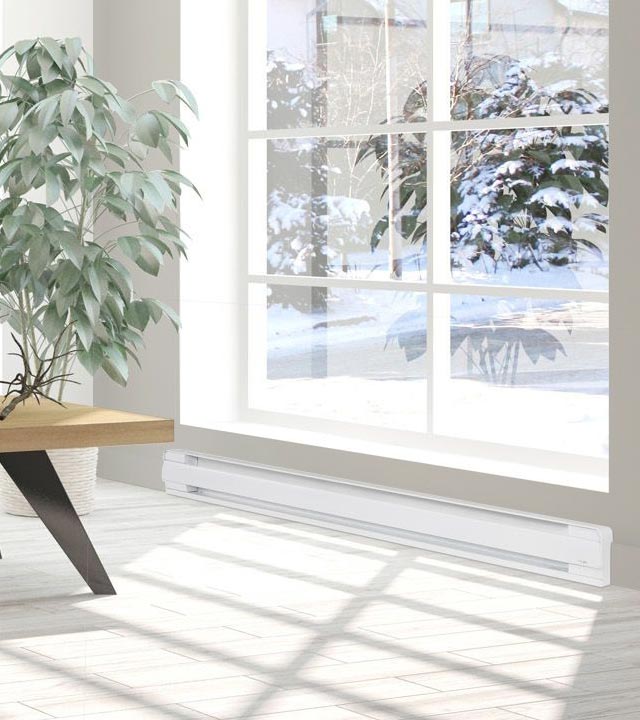
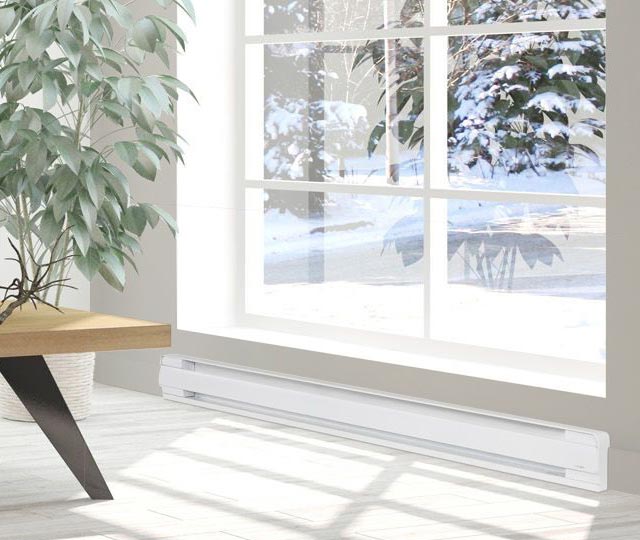
Hiring an electrician
In Canada, all electrical work is regulated by the Canadian Electrical Code, which ensures that electrical installations are adequate, functional and safe. It is always better to hire an electrician, for example, one registered with La Corporation des maîtres électriciens du Québec (CMEQ), for any electrical work in your home. Inadequate installations can lead to serious injuries or even fatal accidents, and a bad connection or configuration can increase the risk of fire. The electrician will also help you calculate the required electric heating capacity for your home, so you can choose the right units and the quantity needed.
Shop electric heating at BMR.ca or ask expert advice in store.
Interested in other types of heating options? Take a look at our article on wood stoves.
Frequently asked questions: Choosing your electric heating system
Last update: October 2025
Heating products
Shop by categories
1Source: Stelpro
2Source: Hydro-Québec
